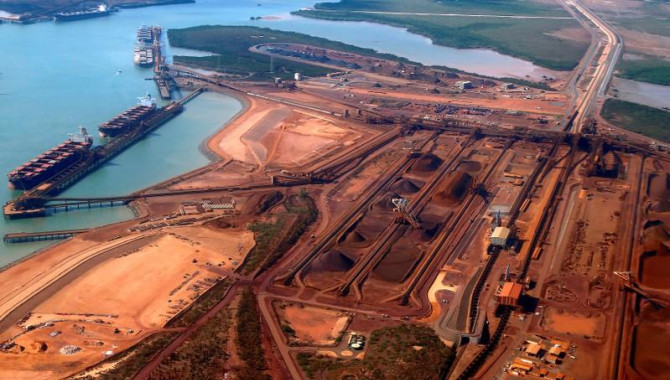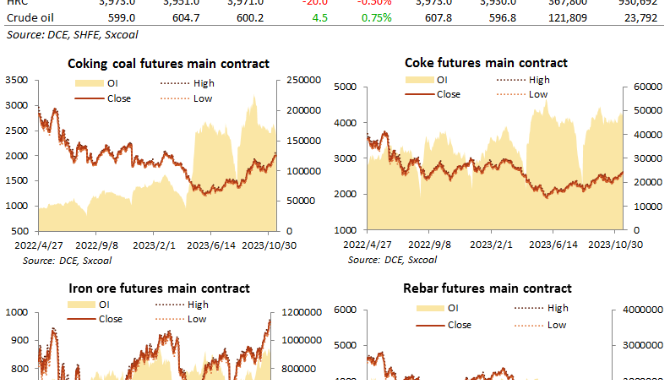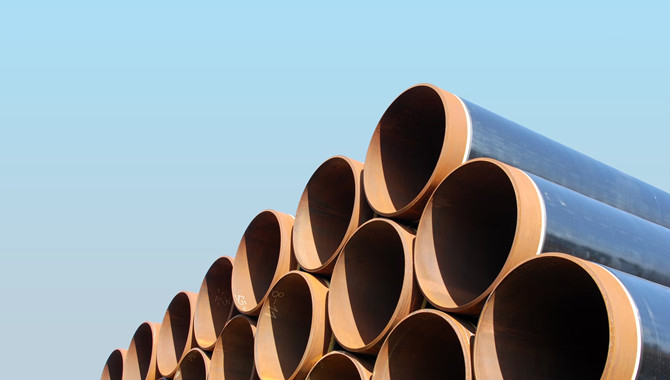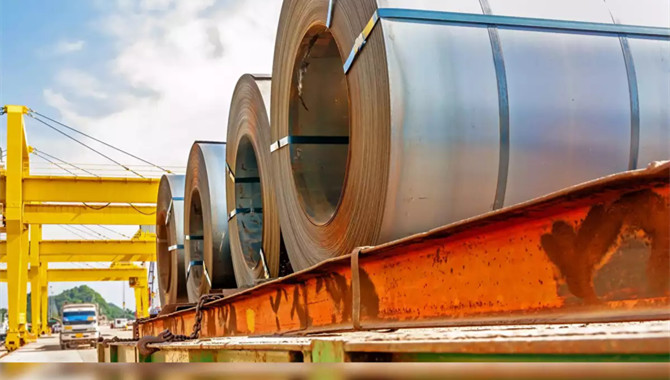
Nothing lasts forever and the current high prices for iron ore are expected to ease as China’s steel output reaches a peak this year, but the positive news for miners is that the decline in the world’s top producer is likely to be gradual.
China will produce 940 million tonnes of steel in 2019, up from 928 million last year, the Australian government’s commodity forecaster said in its latest quarterly report released on Monday.
This year will likely be the high water mark for Chinese steel production, with the Department of Industry, Innovation and Science forecasting that output will slip to 930 million tonnes in 2020 and 926 million the year after.
While the likelihood of peak steel in China sounds somewhat ominous for iron ore producers, the report also expects global steel output to be largely flat in coming years, with 1,805 million tonnes expected this year, 1,806 million in 2020 and 1,808 million in 2021.
The small decline in Chinese output is offset by rising production in India, with 114 million tonnes expected this year, rising to 130 million by 2021.
This steady-as-she-goes outlook for global steel production is actually positive news for iron ore producers as it means ongoing demand for their output at the current high levels.
What the Australian government does expect is that the iron ore market will return to balance by next year as output recovers in Brazil, the world’s number two exporter behind Australia.
A fatal tailings dam collapse in January at a mine operated by Vale, Brazil’s largest producer, cut production as mines were idled for safety checks.
Global seaborne iron ore trade is expected to drop by 4% in 2019 to 1.53 billion tonnes, the report said, as the Brazilian shutdowns and weather disruptions in Australia take their toll.
RATIONAL PRICE BUBBLE
This has been positive for prices, with the report forecasting that iron ore will average $81.10 a tonne in 2019, up sharply from $62.60 last year.
But that’s as far as the good news goes for prices, with the return of Brazilian output and higher Australian production pushing the average price down to $61.40 a tonne in 2020 and $57.50 in 2021.
The Australian government forecasts prices on a spot, free-on-board basis in Australia, while the current market benchmarks are for a price delivered to China.
Even allowing for shipping costs of around $7 a tonne, if the Australian forecasts are proven correct, it would represent a substantial drop from the current price for 62% iron ore in China, which was assessed by commodity price reporting agency Argus at $123.65 a tonne on Monday.
That price was the highest since January 2014 and the gain since the Jan. 25 dam disaster now stands at 64%.
It could be argued that iron ore is in a justifiable bubble, because while the sharp price hike is supported by tightening fundamentals, it’s only a matter of time until supply returns and prices gravitate lower.
This makes looking at Brazilian export volumes critical, and ship-tracking and port data compiled by Refinitiv suggest a recovery is underway.
Brazil shipped 30.63 million tonnes in June, according to the data, which was filtered to only show vessels currently underway and those that have, or are waiting to, discharge their cargoes.
This was up from 28.3 million tonnes in May, and considerably higher than April’s 17.2 million and March’s 23.7 million.
The June figure was in line with the 30.1 million tonnes exported in January, the last month before the impact of the dam failure, but still below the 35.9 million shipped in December.
This shows there is still room for Brazilian exports to increase from current levels, and until they do so, iron ore miners can expect the price bonanza to extend its current run.
Source: Reuters
The opinions expressed herein are the author's and not necessarily those of The Xinde Marine News.
Please Contact Us at:
admin@xindemarine.com


 PIL launches Academy to strengthen workforce compet
PIL launches Academy to strengthen workforce compet  Coal shipments to advanced economies down 17% so fa
Coal shipments to advanced economies down 17% so fa  China futures market updates at close (Nov 14)
China futures market updates at close (Nov 14)  CISA: China's daily crude steel output down 5.7% in
CISA: China's daily crude steel output down 5.7% in  China futures market updates at close (Oct 31)
China futures market updates at close (Oct 31)  CISA: China's daily crude steel output down 1.2% in
CISA: China's daily crude steel output down 1.2% in